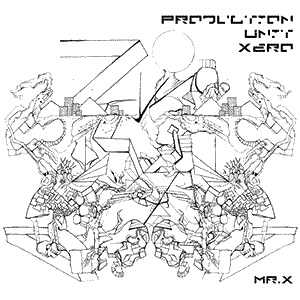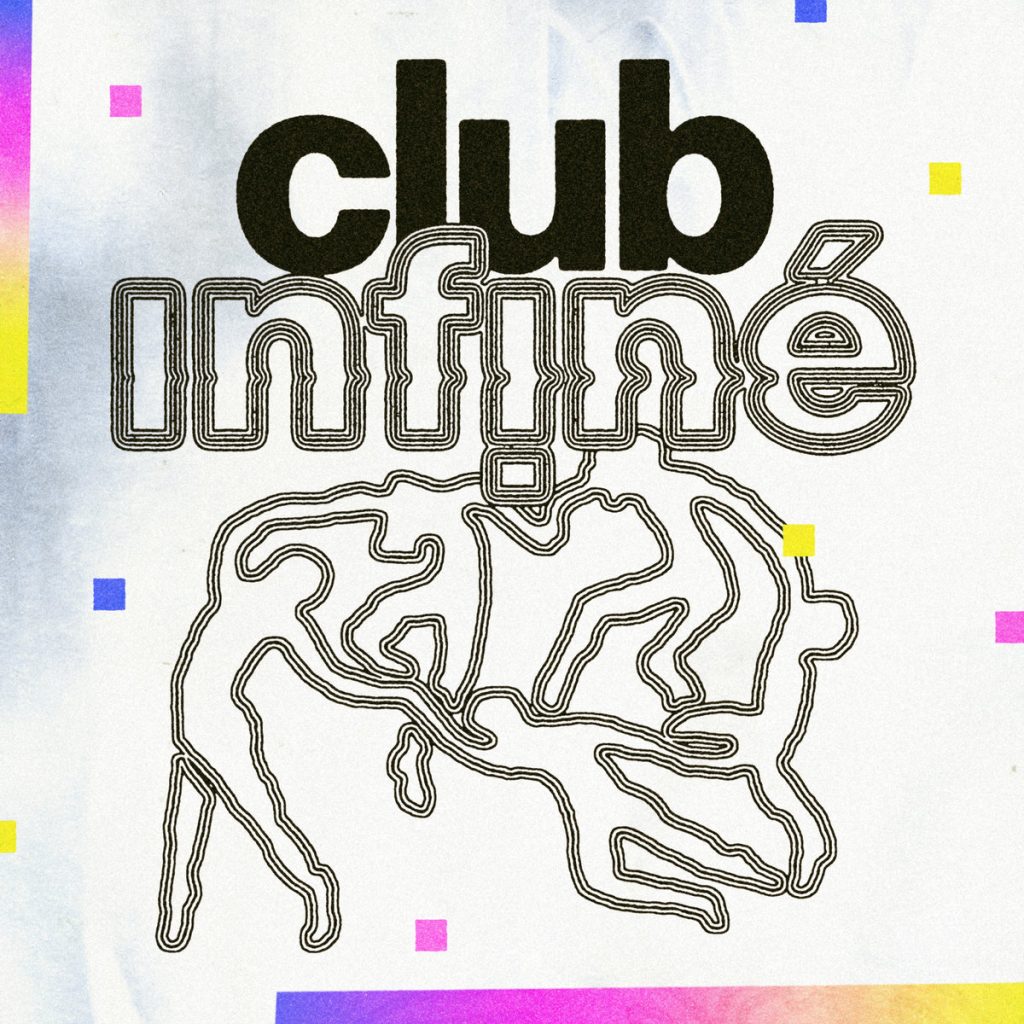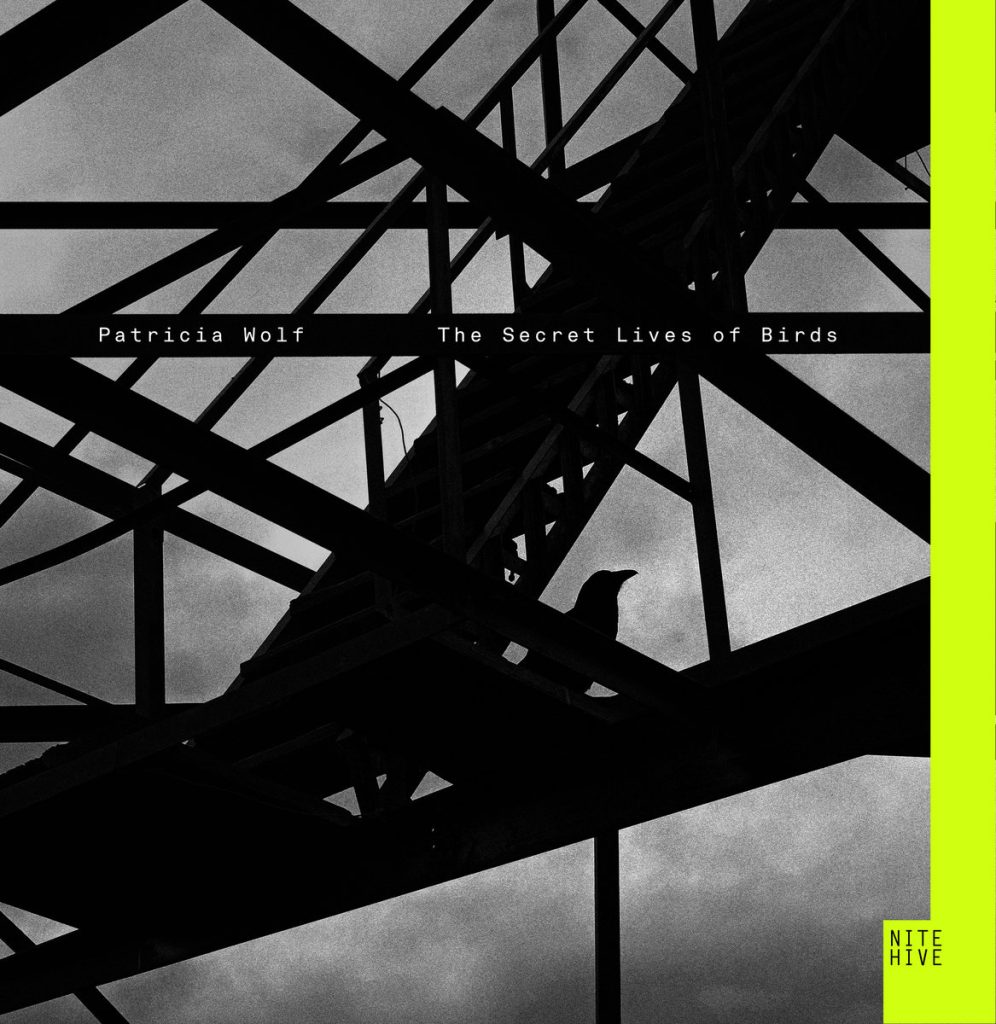What is Cold Wave?
Cold Wave: The Chilling Sound of Post-Punk’s Offspring
In the diverse landscape of music subgenres, Cold Wave stands out with its haunting melodies, minimalist synth lines, and an overall atmosphere that’s as enigmatic as it is emotionally resonant. Emerging in the late 1970s and early 1980s, primarily in Europe, Cold Wave is often considered a cousin of post-punk, sharing its DNA but carving out its distinct identity.
Origins and Influences
Cold Wave’s roots can be traced back to the post-punk era, a time marked by a burgeoning experimentation in the wake of punk rock’s raw energy. Bands were exploring new soundscapes, often incorporating synthesizers and drum machines, leading to the birth of several post-punk offshoots, including New Wave, Dark Wave, and, importantly, Cold Wave.
The term itself is believed to have originated in France (where it was known as “la vague froide”), with bands like KaS Product, Marquis de Sade, and Martin Dupont spearheading the movement. These artists embraced the bleakness and minimalism of post-punk while infusing it with a synthesized coldness and lyricism that often bordered on the existential.
Key Characteristics
Cold Wave is characterized by its sparse arrangements, monotone vocals, and a general sense of melancholy. The synthesizer is a key instrument in this genre, used not to create the poppy dance beats of mainstream synth-pop but to craft chilling, atmospheric soundscapes. Drum machines are also prevalent, often delivering a mechanical, rigid rhythm that complements the cold, distant feel of the music.
Top Artists and Albums
Several artists and albums have been seminal in shaping and defining Cold Wave:
- Joy Division – While not strictly a Cold Wave band, their influence on the genre is undeniable. Albums like “Unknown Pleasures” (1979) and “Closer” (1980) laid the groundwork for the Cold Wave sound with their moody, brooding tracks.
- KaS Product – A French duo that was one of the pioneers of the Cold Wave sound. Their album “Try Out” (1982) is a seminal work, known for its electronic beats and dark, hypnotic rhythms.
- Asylum Party – Another French band, known for their melancholic melodies and atmospheric sound. Their album “Picture One” (1986) is a classic of the genre.
- Clan of Xymox – Although they later moved towards a more gothic and darkwave sound, their self-titled album “Clan of Xymox” (1985) is a key Cold Wave record.
- Siekiera – A Polish band whose album “Nowa Aleksandria” (1986) became one of the most important albums in the Eastern European Cold Wave scene.
- Trisomie 21 – A French band whose album “Chapter IV” (1986) showcased a unique blend of cold synthesizers and haunting melodies.
Cultural Impact and Scene
Cold Wave’s cultural impact was significant in shaping the alternative music scene of the 1980s. Its introspective and often somber tone resonated with a generation grappling with the uncertainties of the Cold War era. The genre’s aesthetic, often characterized by monochrome visuals and minimalist design, also influenced fashion and visual art of the time.
Current Trends
While Cold Wave saw its heyday in the 1980s, the genre has experienced a resurgence in recent years, with both new bands and original artists from the 80s embracing the sound. This revival is often attributed to a renewed interest in analog synthesizers and the DIY ethos that mirrors the original movement.
The contemporary Cold Wave scene has artists who are not only revisiting the classic sound but also infusing it with modern influences, from ambient music to techno. This has led to a diverse and dynamic global scene, with bands from around the world contributing to the genre’s evolution.
Exploring Cold Wave
For those looking to explore Cold Wave, the genre offers a rich tapestry of sounds that are both reflective and innovative. It’s a style that encourages introspection, often leaving the listener in a state of contemplative immersion. In the world of Cold Wave, the music is not just heard; it’s felt – a chilling whisper in the ears, a shiver down the spine, and a lingering echo in the heart.




